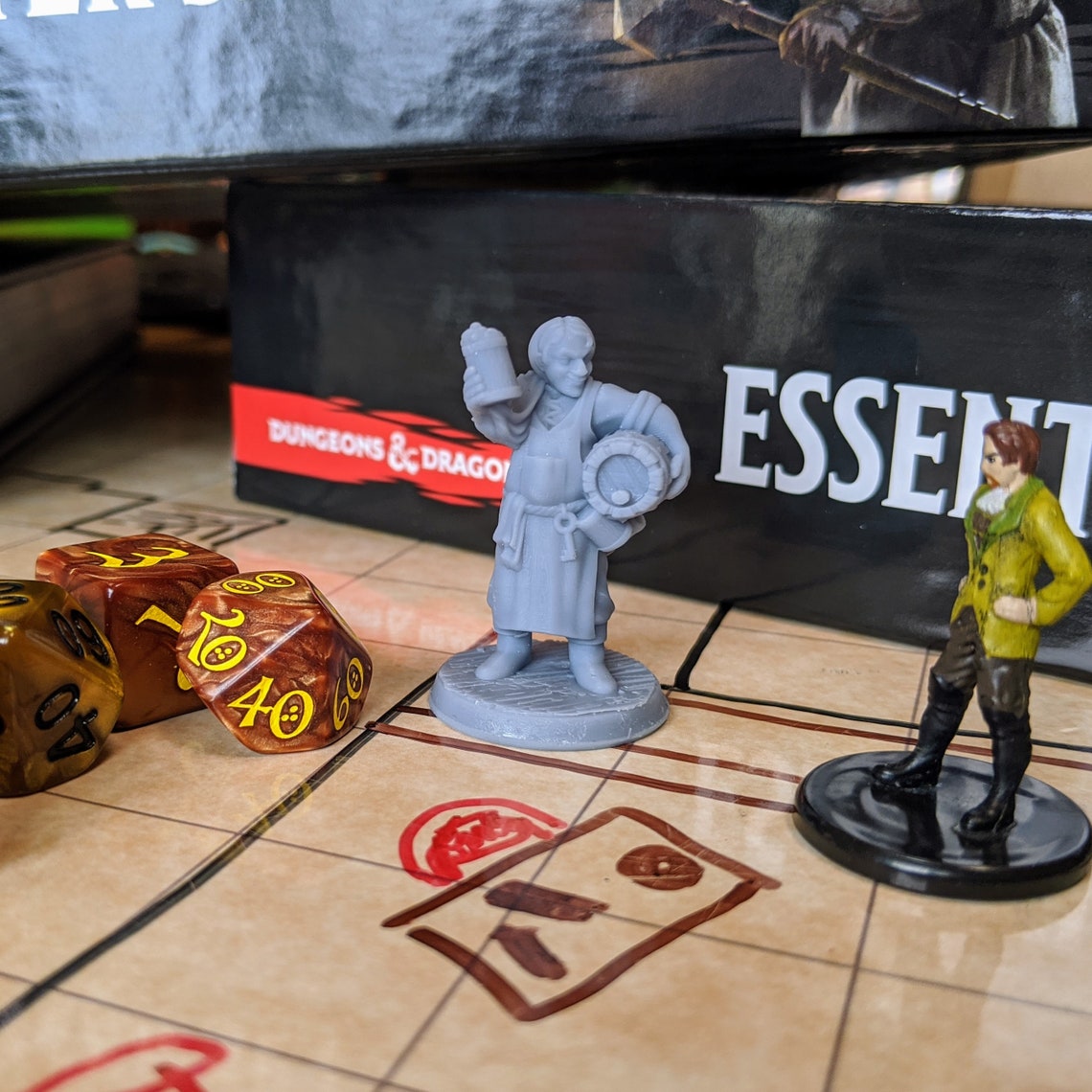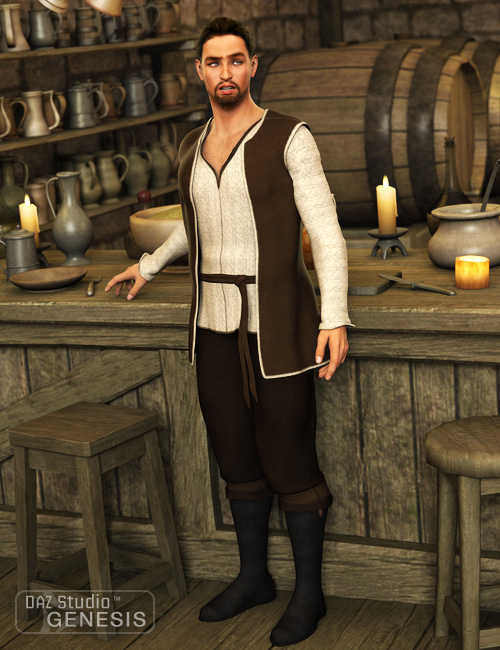

Stephanus Van Cortlandt’s daughter, Ann, married a young upcoming French Huguenot merchant, Stephen (Etienne) De Lancey in 1700. Van Cortlandt was the son of the wealthy and well positioned Olaff Stevenson Van Cortlandt, who immigrated to New Amsterdam (Dutch New York) in 1638. The plot of land that is 54 Pearl Street* (landfilled water lot) was purchased from the city by Stephanus Van Cortlandt (1643-1700/01) in 1686. The new block also protected the city hall on the north side of the street from high tide flooding. In order to raise funds for a new market house and ferry building, the city sold lots created by landfill in part of the Great Dock along Pearl Street in 1691. With its naturally protected harbor and its open, multi-ethnic population devoted to commerce, such growth was unstoppable. By the last decade of the 17th century, New York City was rapidly growing into a leading colonial port. The land on which Fraunces Tavern stands was occupied by water until the end of the 1600s. In 1674, after ten years of war and ownership battles between the Dutch and British, the Treaty of Westminster was signed, giving the official ownership of Manhattan to the British. The trading Hudson did with the Lenape people would be the start of the prosperous fur trade that existed well into the 1800s. In 1625, New Amsterdam on Manhattan Island became the capital of New Netherland. His voyage was used to establish Dutch claims to the region. In 1609, English explorer Henry Hudson (1560s/70s), was sailing for the Dutch East India Company, looking for easterly passage to Asia and spent ten days ascending the River that now bears his name. While investigating the Bay, Verrazzano documented what he believed to be a lake, which was actually the entrance to the Hudson River. The canoeing Lenape encountered Verrazzano’s ship, La Dauphine, in Lower New York Bay. The first contact with Europeans was in 1524 when Florentine explorer Giovanni da Verrazzano (1485-1528), in the service of the King Francis I of France, explored North America. The Lenape were skilled hunters but maintained an agricultural society, planting mostly beans, squash, and corn. This matrilineal tribe-like society occupied the lower Hudson River Valley and the Delaware Valley. The island of Manhattan was originally inhabited by the Lenape people. Support George Washington Birthday Ball Donate Museum Membership Façade Restoration Project 250th Anniversary Campaign Advanced Support COVID-19 Relief Campaign.Get Involved Visitor Voices Volunteer Internships Job Opportunities Mailing List.
5 tavern keeper series#
Programs Calendar of Events Evening Lecture Series Digital Tours Long Room 50th Anniversary Tavern Week Tavern Tastings Flag Day Parade, Celebration and Open House Fraunces Tavern Museum Book Award Presentation Collaborative Programs.Education Educational Resources Fighting For Freedom Collection Women of the Revolutionary War Collection Blog Podcast.Collections Current Exhibitions Past Exhibitions Upcoming Exhibitions Collections Object of the Month Valuable.Visit Hours & Admission Gift Shop Group Tours School Programs Virtual School Programs.About Mission History Samuel Fraunces Sons of the Revolution in the State of New York Our Team Press.

History - Fraunces Tavern® Museum Fraunces Tavern® Museum


 0 kommentar(er)
0 kommentar(er)
